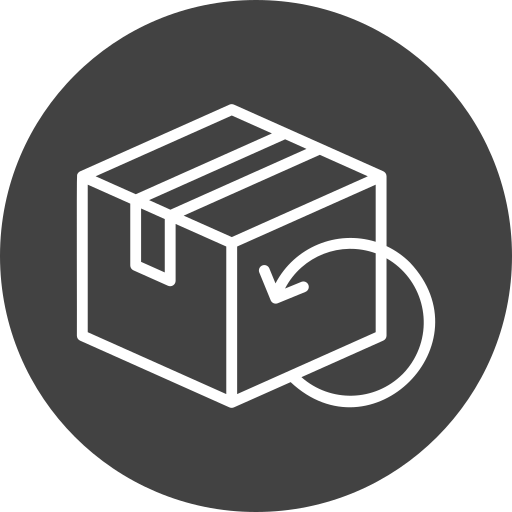There comes a time in the life of every dedicated cannabis user when they realize that things aren’t working the way they used to. If you are facing the dreaded tolerance drop, this article is for you.
When consuming cannabis, the temptation to consume too much of it can be great. A market flooded with high-potency cannabis products means that for many people, the body's endocannabinoid system (ECS) quickly adapts to high levels of THC. While this can be fun in the short term, excessive cannabis use can cause your system to develop a tolerance - resulting in weaker, less satisfying experiences.
So let's take a closer look at cannabis tolerance: what to look out for and how to readjust when your favorite drugs just don't work like they used to.
What is cannabis tolerance?
From caffeine to cannabis, the human body is well able to adapt to changing chemical states. This normalization is excellent for us on an evolutionary level. In everyday life, however, it means that our bodies easily stop responding to the substances that used to help us overcome our normal state of rest - just ask anyone who needs a cup of coffee in the morning to feel normal! Cannabis tolerance develops when THC, the psychoactive compound in cannabis, repeatedly binds to CB1 receptors in the brain's endocannabinoid system. Repeated exposure causes these receptors to become less responsive to the presence of THC, meaning you won't experience the same high if you use the same product over and over again. When and how your body develops a tolerance to cannabis depends on a few key factors, including how often you use cannabis, how strong that cannabis is, and your biological response to the presence of THC.
Can you build up a tolerance to CBD?
The short answer: yes, theoretically. Your body processes CBD like any other chemical and can build up a tolerance to it, especially if you take the same dose every day. However, unlike THC, CBD does not bind directly to the receptors of the endocannabinoid system. This means that CBD tolerance is likely due to other metabolic processes. Your brain doesn't respond to CBD the same way it does to THC, and some studies even show that CBD responses become stronger over time. So when we talk about cannabis tolerance, THC and not CBD is the main problem.
How can you tell if you have developed a tolerance to cannabis?
There are some warning signs to look out for if you suspect you have developed a cannabis tolerance. First, like any other relationship, the definition of tolerance varies from person to person. Some people can use the same products and not feel any diminishing effects, while others may need to increase their dosage to get the same experience. Of course, the most important thing is your individual reactions to taking familiar cannabis products. If a favorite joint or tincture doesn't seem to work as well as it once did, it could be a sign that you've developed an increased tolerance to cannabis.
How can you reduce cannabis tolerance?
OK, you've developed a tolerance, so what's a stoner to do? Here are our customers' top ten tricks to reduce cannabis tolerance as quickly as possible. Take a T-break. Giving up cannabis for a while is the fastest way to reset your endocannabinoid system.
So let’s start with the obvious:
Giving up cannabis for a while is a great way to come back refreshed and with a newly reduced tolerance.
Opt for lower dosages.
If a T-pause is not an option, you can reduce the wear and tear on old receptors by opting for products with lower THC doses. Using products with the lowest amount of THC necessary for you to feel an effect has the added benefit of allowing your body to last longer without building up a tolerance. Try changing your ratios. Slowly move out of THC tolerance by experimenting with higher ratios of THC and CBD. Starting with a high-THC product and slowly moving to a higher CBD, lower THC alternative can help reset your system.
Small heads, big impact.
Expand your collection with one-hitters , tasters, pocket bubblers. You don't need king size and thick bongs. A handpipe from Grav or MJ Arsenal will get you through the day perfectly and you still have the potential to increase it in the evening. If microdosing or a very low cannabis tolerance is your goal, products from The Dart could be of interest. The Dart MD is designed for the use of medical cannabis.
Plan a cannabis-friendly snack session
Nothing goes better together than cannabis and a snack session, and studies suggest that consuming foods high in omega-3 fatty acids can increase THC absorption in the bloodstream. Stretch out Cannabis isn't the only thing that activates the endocannabinoid system! Both yoga and tai chi have been shown to potentially interact with CB1 receptors. Combining your cannabis with a stretch session could help activate your receptors.
How long does it take for cannabis receptors to return to normal?
If you've decided to take a T break, you're probably wondering how long it will take before you can get back to business as usual. There's no exact data on how long it usually takes for CB1 receptors to reset, since so much depends on your biology. Some people report that their sensitivity returns after just a few days, while others may take up to a month or two.









